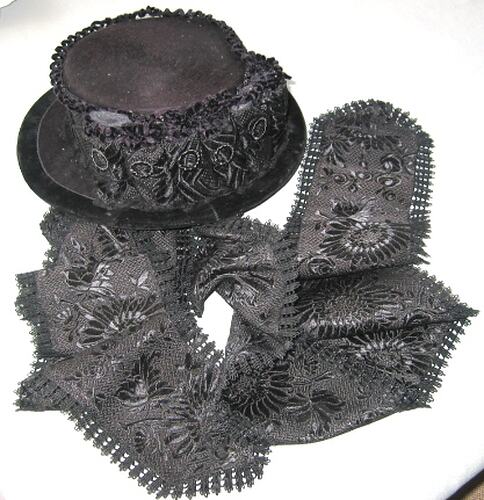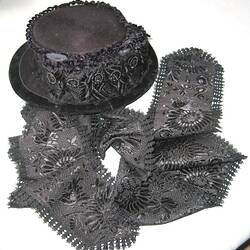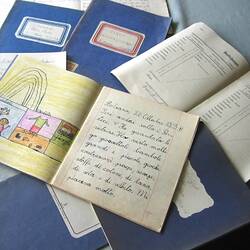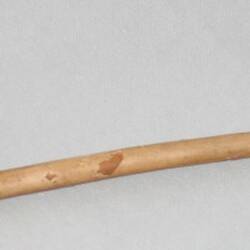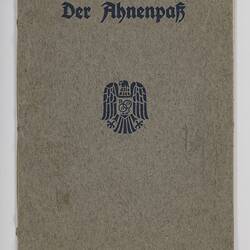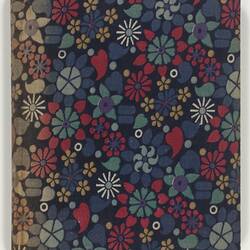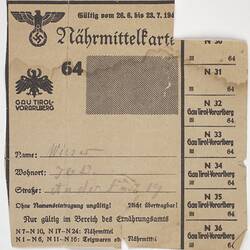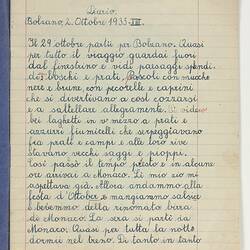The objects in the Wieser collection fall into three categories: precious items brought from home, including family and cultural heirlooms which are also key symbols of a lost national identity, and those representing childhood memories; documents relating to life in Nazi Germany, as well as those relating to the immigration process; and those representing the beginnings of a new life in a new country.
Together these objects present a complex story of shifting cultural identities, post war statelessness and deprivation, and continuing migration not just to Australia, but within Australia and finally, return migration. The Wieser family experience demonstrates that national borders do not always define cultural identity and can result in persecution. Their experience also demonstrates that migration stories do not necessarily have a neat and settled ending.
This family, after a difficult Wartime and post-war experience, with shifts between Italian Tyrol, Germany and Austria, escaped to Australia through the assistance of an aunt who had already been living in Papua New Guinea and Australia (partly as an enemy alien). On arrival the swift loss of a family member to illness led to the dispersal of the family unit with only one remaining in Melbourne to settle and establish a life in Australia.
More Information
-
Keywords
Cultures and histories : Melbourne and Victoria, World War II, immigration
-
Authors
-
Article types
